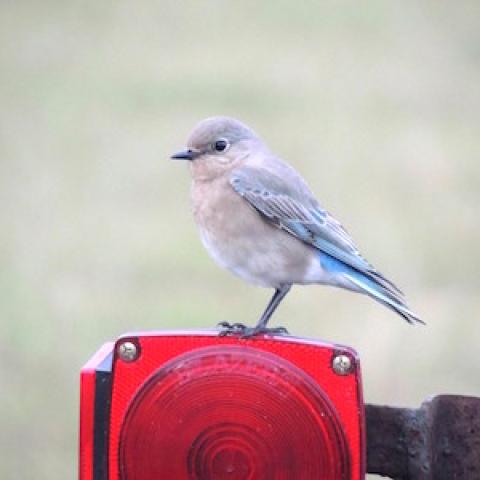Birding In The National Parks: A "Big Year" In The National Parks

I’ve written a few times about the national parks I consider the best for birding, but several readers have asked which would be the best to visit to maximize the diversity of birds seen. When we talk about number of different birds seen, I always think about a big year. During a big year, a birder tries to see as many birds as possible in one calendar year within a certain geographic range, or under certain conditions.
- By Kirby Adams - February 23rd, 2016 3:30am














